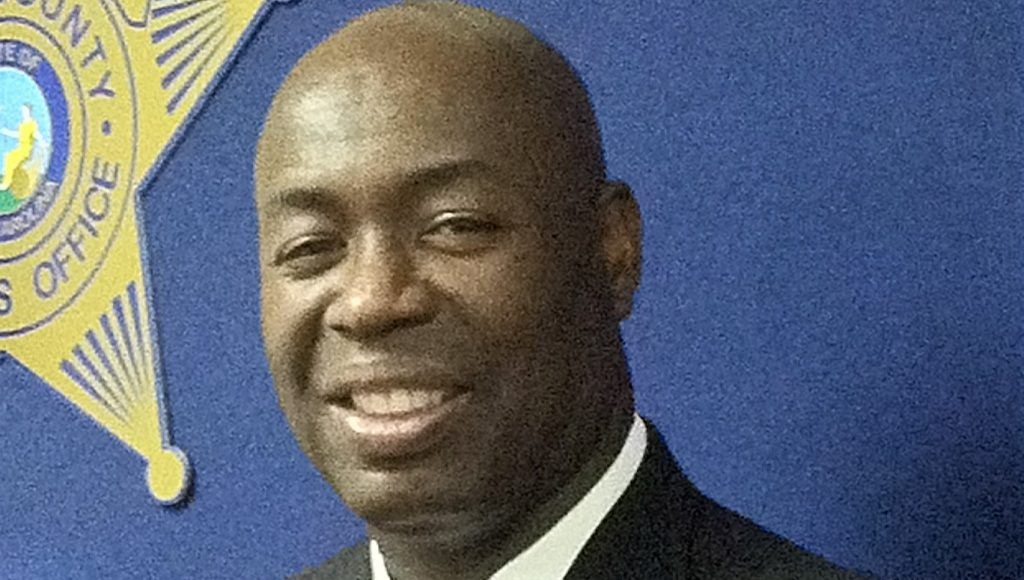Key steps to protecting your place of worship
Published 4:10 pm Tuesday, March 20, 2018

- SHERIFF HUBERT A. PETERKIN OF HOKE COUNTY is chairman of the executive committee of the North Carolina Sheriffs' Association. (contributed photo)
The following article is reprinted with permission from The North Carolina Sheriff, Winter 2018, published by the North Carolina Sheriffs’ Association.
On June 17, 2015, a disturbed criminal walked into a Charleston, SC, church during a routine Bible study. The individual proceeded to open fire, shooting, and killing nine innocent church members. This devastating scenario repeated itself at the First Baptist Church in Sutherland Springs, Texas, in November of 2017, forever affecting the residents of these communities.
According to recent studies, 1,018 deadly force incidents and 549 deaths have occurred on church or religious properties since 1999. Motivational factors include domestic violence, evil intent, various biases, and mental illness.
The NCSA has developed Place of Worship Security & Safety Training to provide a few key steps to confront threats and emergencies at your place of worship. Please contact your local sheriff’s office for more in-depth training on how to ensure a safe and welcoming environment for all worshipers.
Prevention
One of the first steps to creating security and safety training for your place of worship is to create a Planning and Oversight Committee. The NCSA’s training program walks through the roles and responsibilities of the committee and how to accomplish your goals.
Conduct an initial Risk Assessment by working with local law enforcement (including your sheriff’s office), fire and rescue, and private consultants. Our training outlines all the steps for Developing the Security Plan, Legal Implications and Compliance and Training and Education for your Planning and Oversight Committee (including how to determine “need to know” information).
Beyond simply stopping catastrophic events, security and protection should include policies around childcare, handling of money, domestic abuse care, and proper vetting of staff and volunteers, since these can be related. For example, if there is a known custody issue or order for protection, it’s critical that members of your committee are aware before the issue becomes a larger problem.
During the Incident
A local law enforcement representative can lead participants through how to Activate your Security Plan for your committee and how to implement an official “Active Shooter” Protocol Plan for your congregants (based in part on the FBI video, Run. Hide. Fight. Surviving an Active Shooter Event).
If you are a regular attender, especially if you have a permit to carry, you can be helpful in appropriately Interacting with First Responders. Follow all commands such as getting down on the ground, dropping all handheld objects (including cell phones), and putting hands in the air. Law enforcement arriving on the scene do not know who is a “good guy” and who is a “bad guy.”
The Aftermath
Everyone wants to prevent the unthinkable, but being prepared for what to do after such an incident can reduce the negative impact on the community and those involved. Topics of the NCSA training program include the roles of the Planning and Oversight Committee and First Responders, making and using plans for Reunification, Crisis Intervention, Stress Management, Continuity of Operations, and Review of the Critical Incident.
The more places of worship that adopt security and safety protocols, the fewer incidents can grow to a critical level or even begin. For more information, please contact your local sheriff’s office. Please visit www.ncsheriffs.org for your sheriff’s contact information.
Sheriff Darryl Liverman of Tyrrell County advises that if any churches have an interest in holding a church safety class at their church, he and his officers will be glad to conduct the class and provide other information. To contact the sheriff call 252-796-2251.

